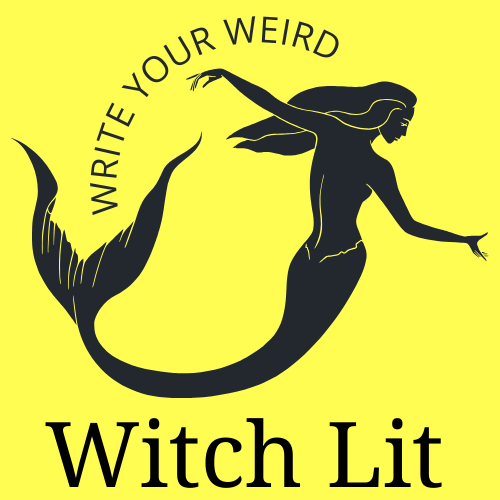 Image 1 of 10
Image 1 of 10

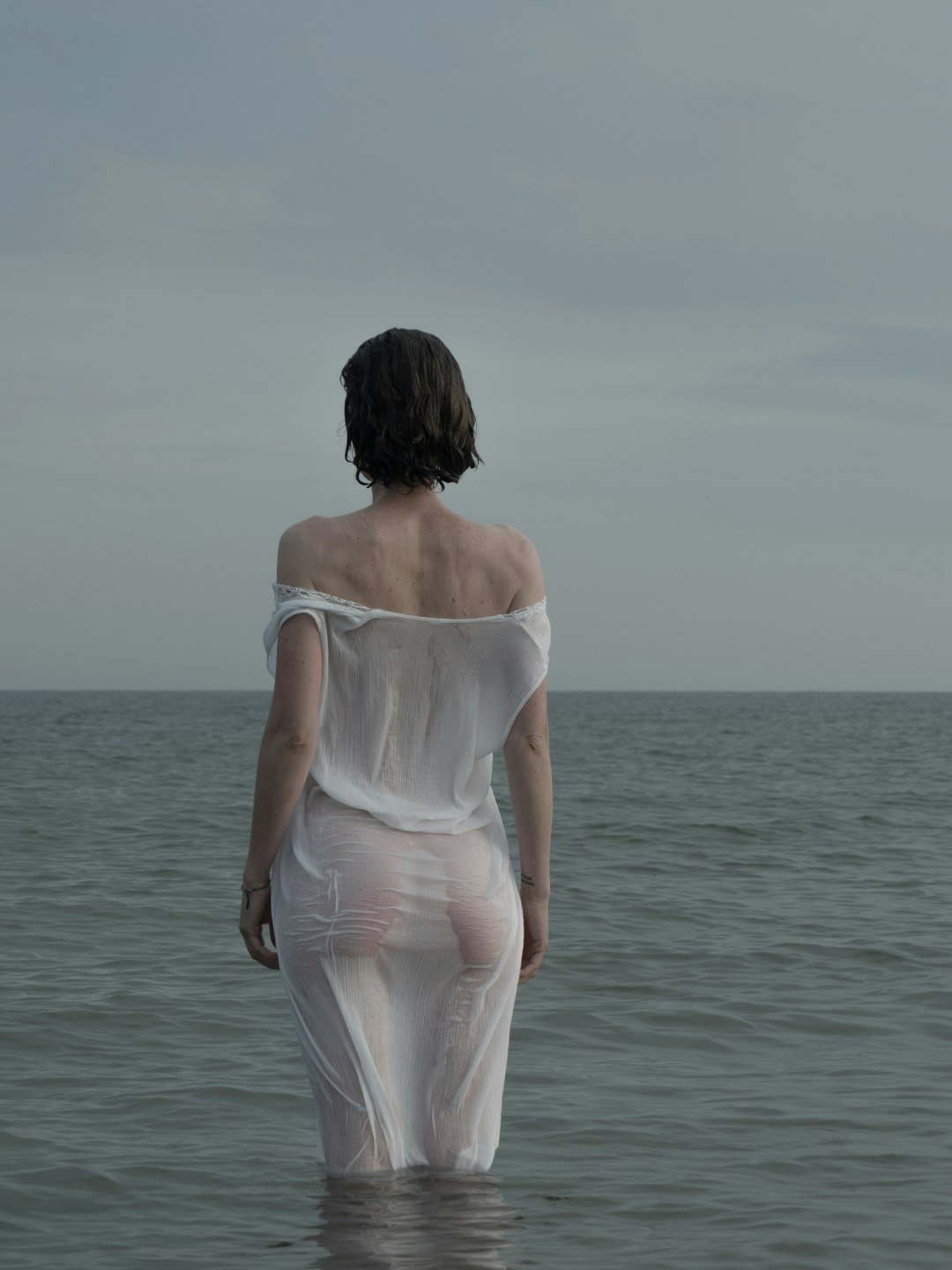 Image 2 of 10
Image 2 of 10

 Image 3 of 10
Image 3 of 10

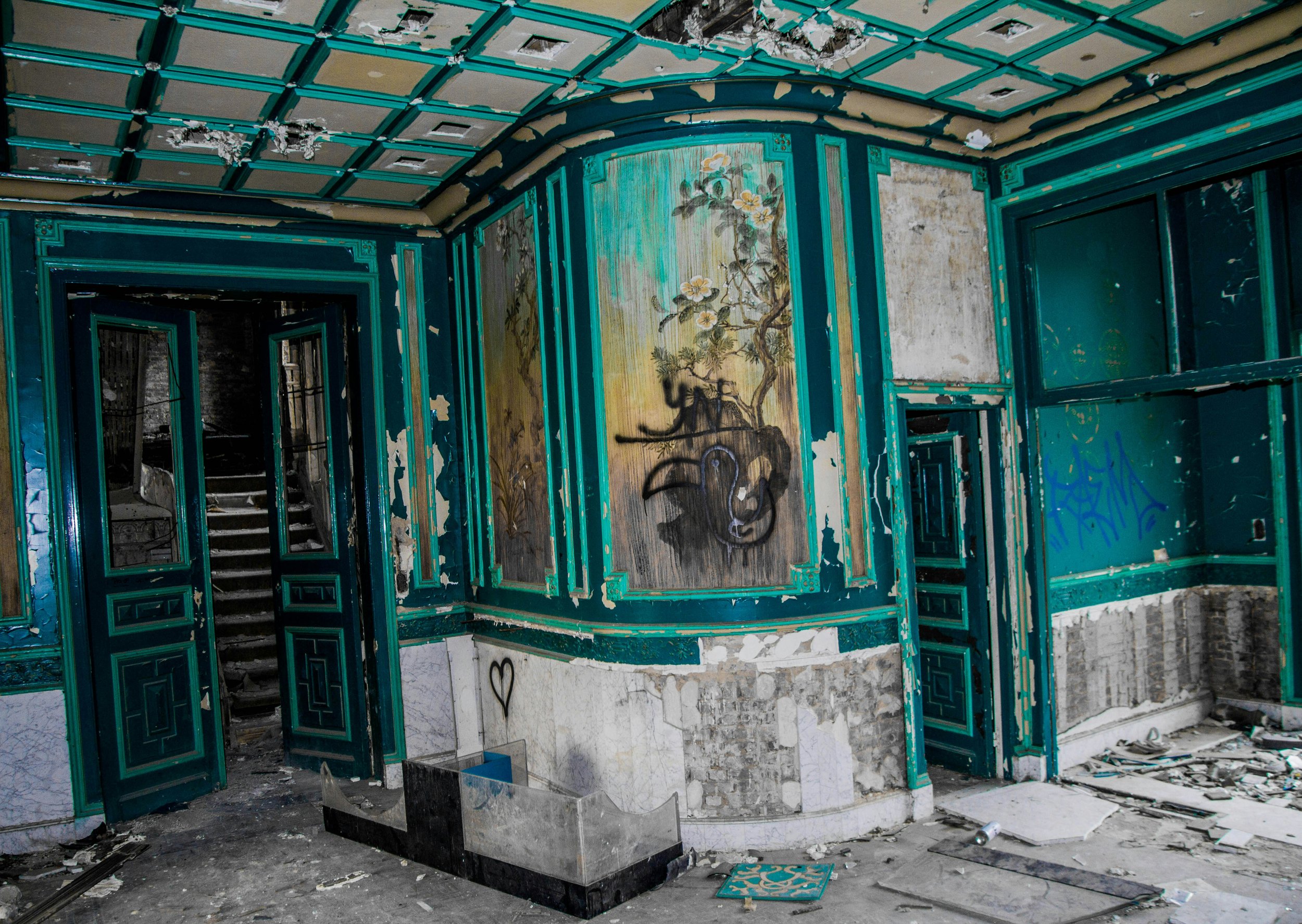 Image 4 of 10
Image 4 of 10

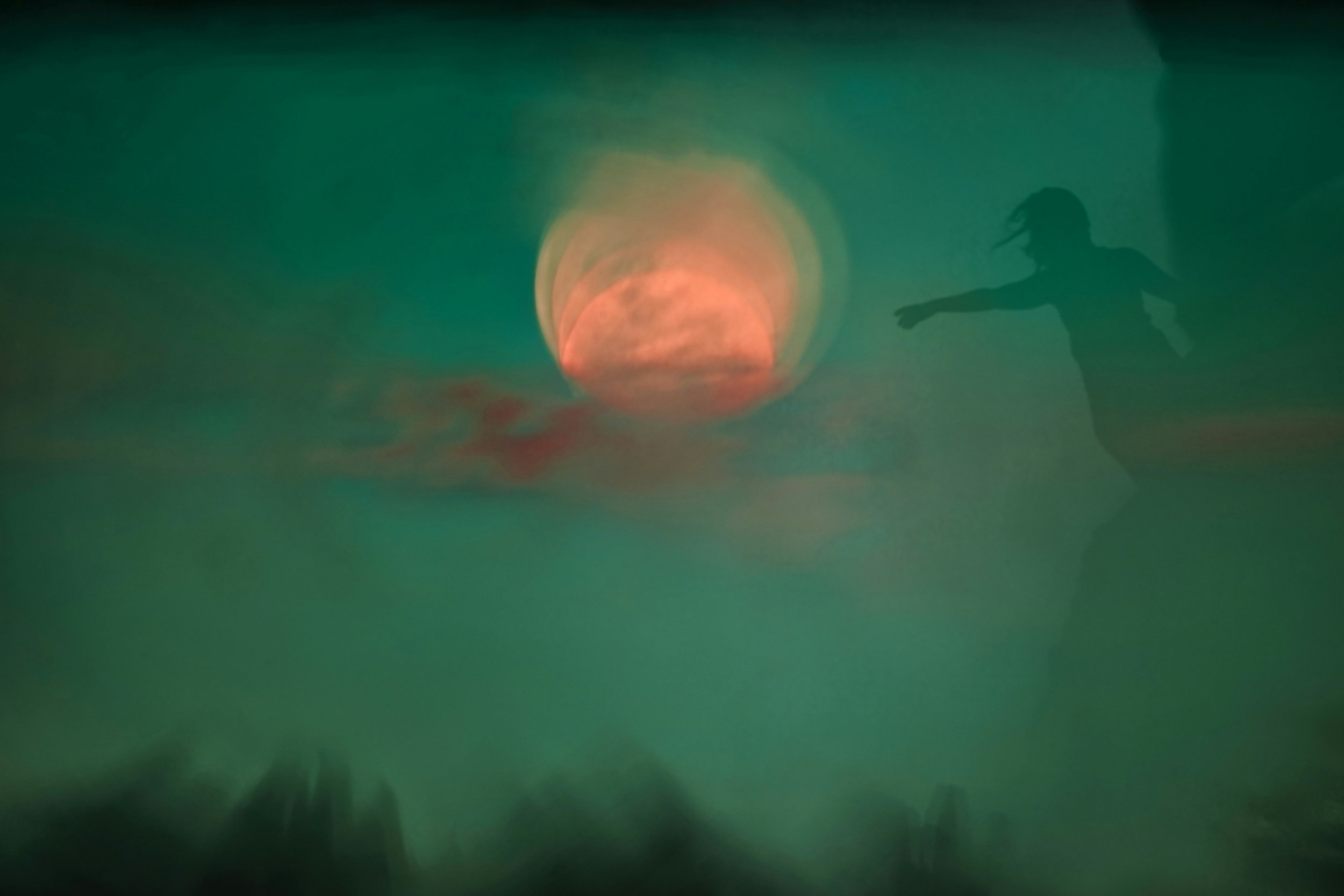 Image 5 of 10
Image 5 of 10

 Image 6 of 10
Image 6 of 10

 Image 7 of 10
Image 7 of 10

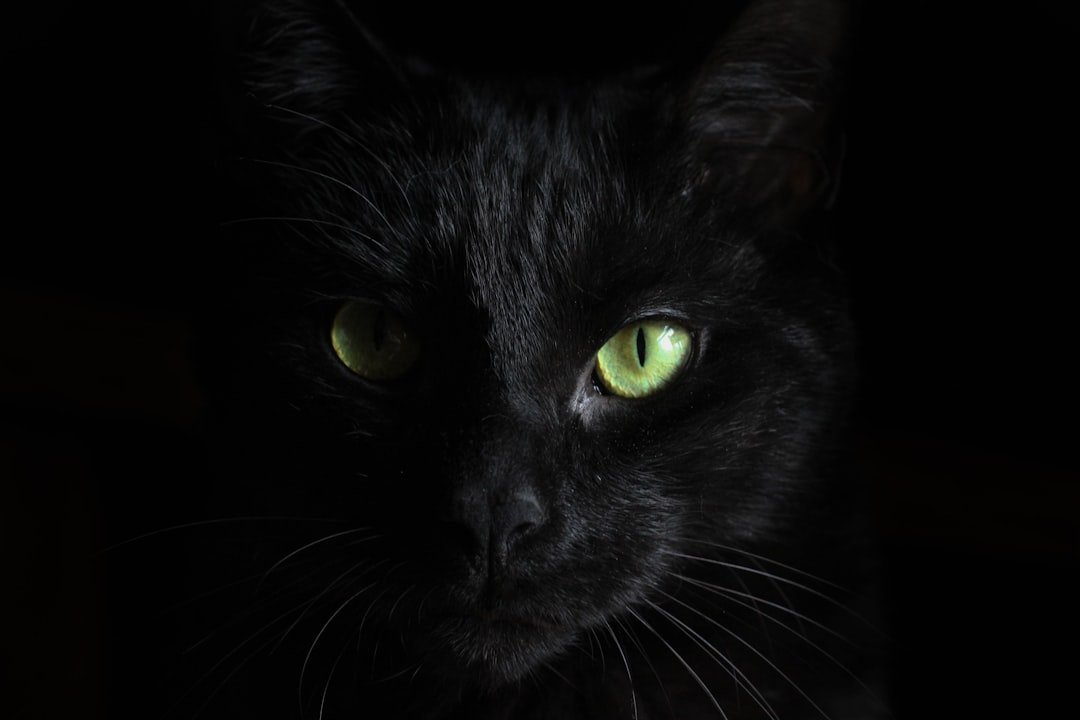 Image 8 of 10
Image 8 of 10

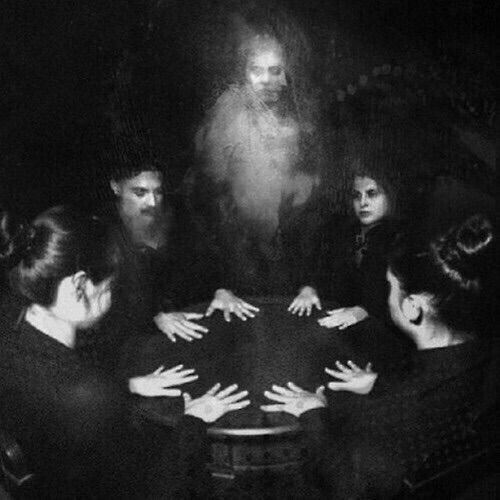 Image 9 of 10
Image 9 of 10

 Image 10 of 10
Image 10 of 10











The Haunted Muse: Trauma, Memory, Desire and the Art of Ghosts: SOLD OUT
“Nature is a haunted house—but Art—is a house that tries to be haunted.” - Emily Dickinson
CLASS SCHEDULE
4 Sundays: July 20 - August 10
12 pm EST - 2 pm EST Live on Zoom
CLASS DESCRIPTION
What haunts you? In this generative creative writing class led by Dr. Erica Anzalone, we will delve into the spectral realm of ghosts as both personal and cultural memory and explore how they serve as powerful metaphors for trauma and desire. By examining how ghosts manifest in literature and art, we will uncover their potential as the ultimate muse for creative writing.
We begin our journey by engaging with the philosophical dimensions of the afterlife and memory, guided by John Berger’sOn the Economy of the Dead. Berger’s exploration of the relationship between the living and the dead offers a lens through which to understand how ghosts defamiliarize our perceptions and narratives, inviting us to confront the uncanny.
From there, we’ll plunge into Rowan Hisayo Buchanan’s craft essay All You Have to Do is Die. Buchanan presents ghosts as vivid embodiments of personal and collective experiences. Buchanan’s "Seven Big Questions for Your Life After Death," will serve as a springboard for our own uncanny creations:
● Where will you haunt? From ancient ruins and historical landmarks to intimate spaces or other lives, how can your ghostly presence be uniquely unsettling?
● Who were you when you were alive? Craft a distinctive backstory that shapes your ghostly persona and deepens its impact.
● Would you prefer an invitation? Consider how your ghost might interact with the living—through Ouija boards, sinister messages, or other unexpected means.
● Or do you prefer surprise? Imagine how your ghost could make sudden, unsettling appearances or shadow people across various locations.
● What was your purpose in life? Investigate whether your ghost employs classic scare tactics or engages in subtler acts like offering gratitude or pursuing a romantic connection.
● How results-oriented are you? Compare the effectiveness of ghosts with clear objectives versus those wandering aimlessly. Who makes a more compelling ghost—Shakespeare’s in Hamlet or Wilde’s in The Canterville Ghost?
● How will you exit? Contemplate whether your ghost will find peace or suffer the existential dread of an endless afterlife.
By intertwining these diverse perspectives, we will uncover how the presence of ghosts and the force of the duende can inspire and transform creative writing, revealing the haunting beauty and complexity of our narratives.
COURSE TAKEAWAYS
● Generate four original ghost stories or poems that explore themes of memory, trauma, and desire though in-class discussions and prompts
● Experiment with various representations of ghosts in our writing, drawing from both personal experiences and cultural contexts
● Receive expert feedback from Dr. Erica Anzalone and your peers in a supportive environment
By the end of the course, you will have a portfolio of creative work that harnesses the power of the ghostly muse, transforming personal and cultural hauntings into evocative and compelling narratives.
Join us as we unlock the mysteries of the spectral world and find inspiration in the shadows.
This generative creative writing class is suitable for all genres and levels of writers. Class size will be limited to 10.
“Nature is a haunted house—but Art—is a house that tries to be haunted.” - Emily Dickinson
CLASS SCHEDULE
4 Sundays: July 20 - August 10
12 pm EST - 2 pm EST Live on Zoom
CLASS DESCRIPTION
What haunts you? In this generative creative writing class led by Dr. Erica Anzalone, we will delve into the spectral realm of ghosts as both personal and cultural memory and explore how they serve as powerful metaphors for trauma and desire. By examining how ghosts manifest in literature and art, we will uncover their potential as the ultimate muse for creative writing.
We begin our journey by engaging with the philosophical dimensions of the afterlife and memory, guided by John Berger’sOn the Economy of the Dead. Berger’s exploration of the relationship between the living and the dead offers a lens through which to understand how ghosts defamiliarize our perceptions and narratives, inviting us to confront the uncanny.
From there, we’ll plunge into Rowan Hisayo Buchanan’s craft essay All You Have to Do is Die. Buchanan presents ghosts as vivid embodiments of personal and collective experiences. Buchanan’s "Seven Big Questions for Your Life After Death," will serve as a springboard for our own uncanny creations:
● Where will you haunt? From ancient ruins and historical landmarks to intimate spaces or other lives, how can your ghostly presence be uniquely unsettling?
● Who were you when you were alive? Craft a distinctive backstory that shapes your ghostly persona and deepens its impact.
● Would you prefer an invitation? Consider how your ghost might interact with the living—through Ouija boards, sinister messages, or other unexpected means.
● Or do you prefer surprise? Imagine how your ghost could make sudden, unsettling appearances or shadow people across various locations.
● What was your purpose in life? Investigate whether your ghost employs classic scare tactics or engages in subtler acts like offering gratitude or pursuing a romantic connection.
● How results-oriented are you? Compare the effectiveness of ghosts with clear objectives versus those wandering aimlessly. Who makes a more compelling ghost—Shakespeare’s in Hamlet or Wilde’s in The Canterville Ghost?
● How will you exit? Contemplate whether your ghost will find peace or suffer the existential dread of an endless afterlife.
By intertwining these diverse perspectives, we will uncover how the presence of ghosts and the force of the duende can inspire and transform creative writing, revealing the haunting beauty and complexity of our narratives.
COURSE TAKEAWAYS
● Generate four original ghost stories or poems that explore themes of memory, trauma, and desire though in-class discussions and prompts
● Experiment with various representations of ghosts in our writing, drawing from both personal experiences and cultural contexts
● Receive expert feedback from Dr. Erica Anzalone and your peers in a supportive environment
By the end of the course, you will have a portfolio of creative work that harnesses the power of the ghostly muse, transforming personal and cultural hauntings into evocative and compelling narratives.
Join us as we unlock the mysteries of the spectral world and find inspiration in the shadows.
This generative creative writing class is suitable for all genres and levels of writers. Class size will be limited to 10.
